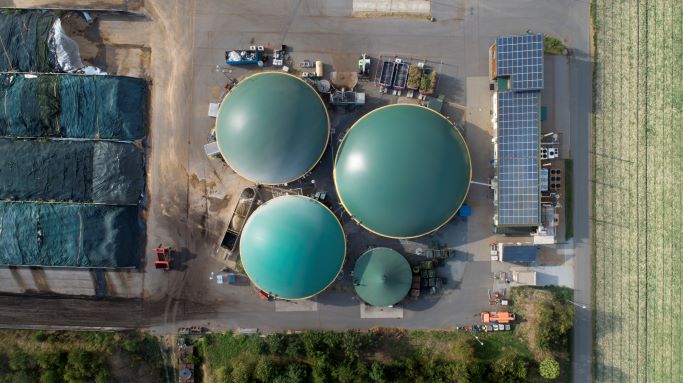Please click here to access the main AHDB website and other sectors.
RHI Extension and Green Gas Support Scheme
Monday, 20 December 2021
The Non-Domestic Renewable Heat Incentive (NDRHI) Tariff Guarantee (TG) deadline has been extended. Where the deadline for a fully commissioned and operational installation was previously 31st March 2022, this is now 31st March 2023. Although this date has been brought forward, the cut-off date for RHI tariff payments remains as 31st March 2041. This applies to nearly all Non-Domestic Renewable Heat Incentive technologies, with the exception of biomethane.
Instead, new biomethane plants can apply for the Green Gas Support Scheme (GGSS), which launched on 30th November 2021. If you currently have a NDRHI TG for a biomethane installation, but will not meet the 31st March 2022 deadline, you can still apply for the GGSS. However, you must wait until the existing TG has expired after 31st March 2022 before you are able to apply.
Should you wish to make a GGSS application, you should note that if the equipment has been used to produce biogas or biomethane prior to 30th November 2021 you will not be eligible. The GGSS Regulations state that the equipment integral to the production of biomethane must never have been used for RHI registration at any time; individual components may not have been salvaged or re-used for the purposes of a new registration on the GGSS. Ofgem do not consider “feedstock treatment and pre-processing equipment, and digestate treatment equipment” to come under this definition.
Overall, the GGSS guidance is reminiscent of the NDRHI for biomethane, with some additional requirements. Most notably:
- All sites will be subject to an Ofgem audit in the first year of operation.
- Tariff Guarantees will be a mandatory stage in the application process.
- Once accredited, compliant sites can claim payments on injected eligible biomethane for up to 15 years, compared with the NDRHI’s 20 years.
- A ‘waste threshold’ will be in place, requiring 50% of the biogas yield to come from waste feedstocks for maximum payments to be awarded. Payments will reduce to a minimum of 50% if no waste feedstocks are used. There are views to increase the waste threshold through the lifetime of the scheme.
- The Greenhouse Gas (GHG) emissions threshold will be 24 gCO2e/MJ biomethane injected, down from the NDRHI’s 34.8 gCO2e/MJ.
- Unlike the NDRHI, there is no upper limit for the GHG of any individual feedstock. Instead, the total gas injected each quarter will have an overall GHG calculated from the individual feedstocks and their contribution to the gas produced, this final figure is subject to the new threshold.
- This requirement means that GHGs must be calculated for waste feedstocks, and even sites that use wholly waste to produce biogas.
The GGSS will be open to applications for 4 years, which given the lead times on biomethane installations, is not very long. Considerations for timelines should be made now by those who intend to make use of this new biomethane injection incentive scheme.
If you have any questions or energy related queries, please call the GrowSave team at NFU energy on 024 7669 6612.

Erin Rusbridge - GrowSave, NFU Energy
 NFU energy
NFU energy
Topics:
Sectors:
Tags:

